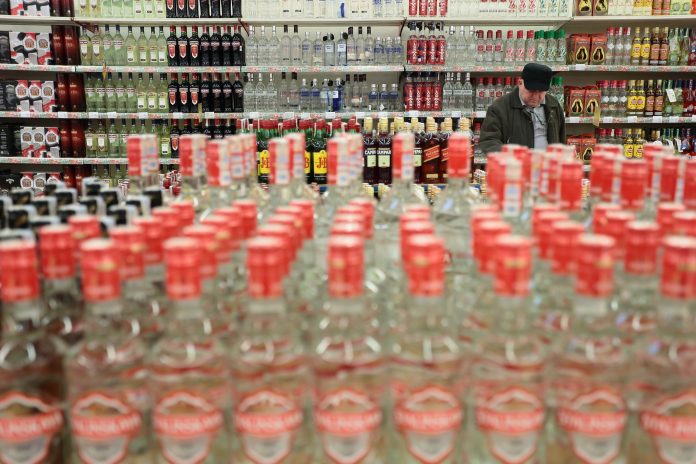An NHS report of alcohol hospitalisations, alcohol affordability, and prescriptions for drugs to treat alcohol dependence, finds that alcohol misuse is increasing across the UK
According to newly published data from NHS Digital, alcohol-related hospital admissions and prescriptions for alcohol use have increased since 2019, as seen when analysing factors such as alcohol expenditure, alcohol prices and demographic disparities across the country.
With an increase in ‘social drinking’ and alcohol consumption during the COVID-19 pandemic, Britain’s alcohol culture is only worsening, as the Government spend roughly £27-52 billion a year dealing with alcohol harm; including an additional £3.5 billion for the NHS and an £11.4 billion tab for alcohol-related crime.
Overall, alcohol is becoming more of a public health issue across the UK, increasing in hospitalisations, drug prescriptions and, generally, as a cultural habit.
Alcohol-related hospital admissions are 4% higher in 2021 than in 2018/19
Published in October 2021, the report highlights that drinking alcohol was the main reason for around 980,000 admissions to hospital in 2019-2020 – this number of admissions is 2% higher than in 2018-2019.
Further information is provided in this report on the number of hospital admissions for diseases, injuries and conditions that can be attributed to alcohol consumption, including:
- The number of admissions rises with age up until 55-64 and then falls. 23% of patients were aged between 55 and 64.
- More men than women were admitted. In total, 65% of the patients were male.
- Stoke-on-Trent had the highest rate at 920 per 100,000 population. Wokingham had the lowest rate at 290.
- 28% of admissions were for cancer (with alcohol as a factor for admission), 14% were for mental and behavioural disorders due to use of alcohol, 45% of admissions were for cardiovascular disease, 23% were for mental and behavioural disorders due to use of alcohol.
Furthermore, the two main drugs prescribed for the treatment of alcohol dependence included Acamprosate Calcium (Campral) and Disulfiram (Antabuse).
Looking at the number of prescriptions for drugs to treat alcohol misuse, numbers rose to 167,000 from 2020-2021, which is 1% higher than 2019-2020, at 164,000, but 15% lower than 2014-2015 at 196,000.
In total, the report highlights that over £4.63 million was spent on drugs prescribed for alcohol dependence in 2020-2021, which is 2% higher than in 2019-2020 and 33% higher than in 2014-2015.
Though Naltrexone is also prescribed for alcohol dependence, NHS digital did not use it as a variable of alcohol demographics as it can also be used to treat drug dependence, and the condition that Naltrexone is prescribed to treat is not available within the prescribing data.
Alcohol has become more accessible in the UK
Over the last ten years the price of alcohol decreased by 4% relative to retail prices, despite the price of alcohol overall, being increased by 26% (based on the alcohol price index). However, the UK disposable income per adult has increased by 9% over the same period.
This suggests people are increasingly affording alcohol, as well as retail prices making it more accessible as well.
As a result, alcohol has become 14% more affordable since 2010 – based on affordability of alcohol index. Finally, the UK household expenditure on alcohol has increased by 153% to £27.1 billion in 2020, as compared with its £10.7 billion expenditure in 1987.











